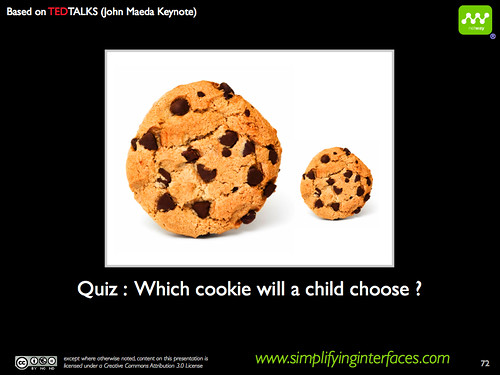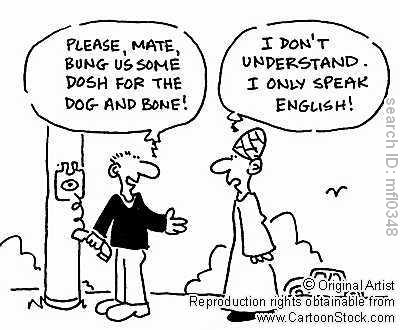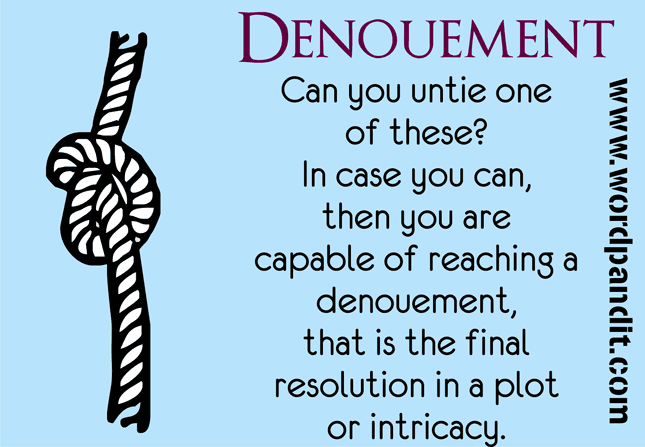6. Analogy: a comparison made between two things to show the
similarities between them

7. Analysis: a method in which a work or idea is separated into
its parts, and those parts given rigorous and detailed scrutiny

8. Anaphora: a device or repetition in which a word or words
are repeated at the beginning of two or more lines, phrases, clauses, or
sentences

9. Anecdote: a very short story used to illustrate a point
10. Antagonist: a person or force opposing the protagonist in a
drama or narrative

11. Antithesis: a balancing of one term against another for
emphasis or stylistic effectiveness

12. Aphorism: a terse, pointed statement expressing some wise or
clever observation about life
13. Apologia: a defense or justification for some doctrine,
piece of writing, cause, or action; also apology
14. Apostrophe: a figure of speech in which an absent or dead
person, an abstract quality, or something inanimate or nonhuman is addressed
directly

15. Argument(ation): the process of convincing a reader by
proving either the truth or the falsity of an idea or proposition; also, the
thesis or proposition itself

16. Assumption: the act of supposing, or taking for granted that
a thing is true

17. Audience: the intended listener or listeners

18. Characterization: the means by which a writer reveals a
character’s personality

19. Chiasmus: a reversal in the order off words so that the
second half of a statement balances the first half in inverted word order

20. Circumlocution: a roundabout or evasive speech or writing,
in which many words are used but a few would have served

21. Classicism: art, literature, and music reflecting the
principles of ancient Greece and Rome: tradition, reason, clarity, order, and
balance

22. Cliché: a phrase or situation overused within society

23. Climax: the decisive point in a narrative or drama; the pint
of greatest intensity or interest at which plot question is answered or
resolved

24. Colloquialism: folksy speech, slang words or phrases usually
used in informal conversation

25. Comedy: originally a nondramatic literary piece of work that
was marked by a happy ending; now a term to describe a ludicrous, farcical, or
amusing event designed provide enjoyment or produce smiles and laughter

26. Conflict: struggle or problem in a story causing tension

27. Connotation: implicit meaning, going beyond dictionary
definition

28.Contrast: a rhetorical device by which one element (idea or
object) is thrown into opposition to another for the sake of emphasis or
clarity

29. Denotation: plain dictionary definition(same image shown under #27)
30. Denouement (pronounced day-new-mahn): loose ends tied up in
a story after the climax, closure, conclusion

Bernardo could you please follow my blog?
ReplyDelete